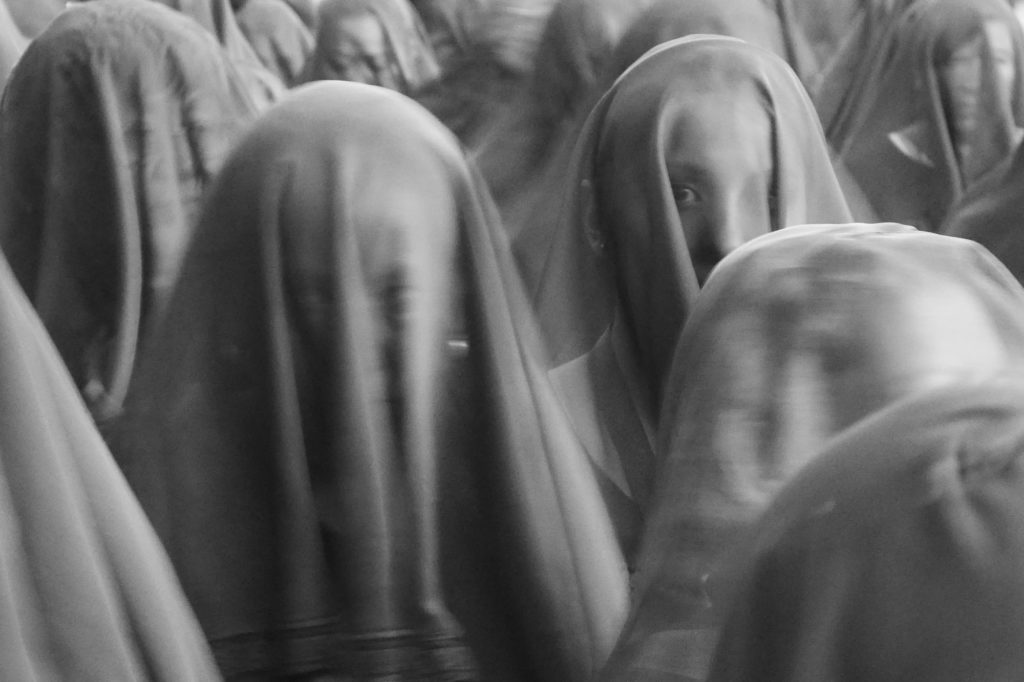(In English and Spanish)
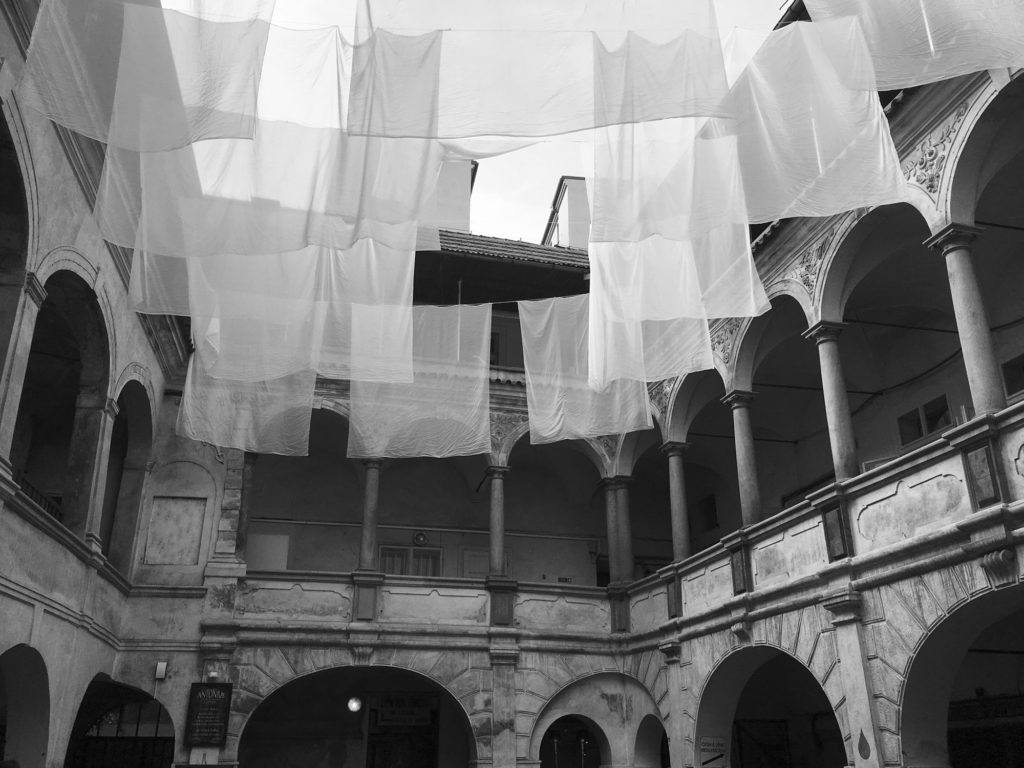
WHO?
My name is Sandra Hernández. I was born in Mexico City and grew up in Querétaro, a colonial city (UNESCO Heritage) located in the center of the country. Almost fifteen years ago I moved to Canada and for nearly ten years I lived and worked in Quebec city. Soon after I lived in Colombia, and for the last four years I have been living a nomadic life, between Mexico (my base), Canada and my trips.
I’m an architect by profession and a self-taught photographer. Since childhood a camera is my companion but it was in 2015 that I started to photograph in a more professional way. I’m a Fuji ambassador (X-Photographer) and I have started Observadores Urbanos, a platform to promote and propagate Hispanic street photography, particularly in Latin America.
QUIÉN?
Me llamo Sandra Hernández. Nací en la Ciudad de México y crecí en Querétaro, una ciudad colonial (Patrimonio de la Humanidad por la UNESCO) que se encuentra en el centro del país. Hace casi quince años me mudé a Canadá donde pasé casi una década viviendo y trabajando en la ciudad de Quebec. Después viví en Colombia y desde hace 4 años llevo una vida un poco nómada donde divido mi tiempo entre México (mi residencia de base), Canadá y mis viajes.
Soy arquitecta de profesión y fotógrafa autodidacta. Una cámara me acompaña desde la infancia pero es hasta el 2015 que empecé a ejercerla de manera profesional. Soy embajadora de Fujifilm (X-Photographer) y fundadora de Observadores Urbanos, una plataforma cuya misión es promover y difundir la fotografía de calle de habla hispana, especialmente la de Latinoamérica.
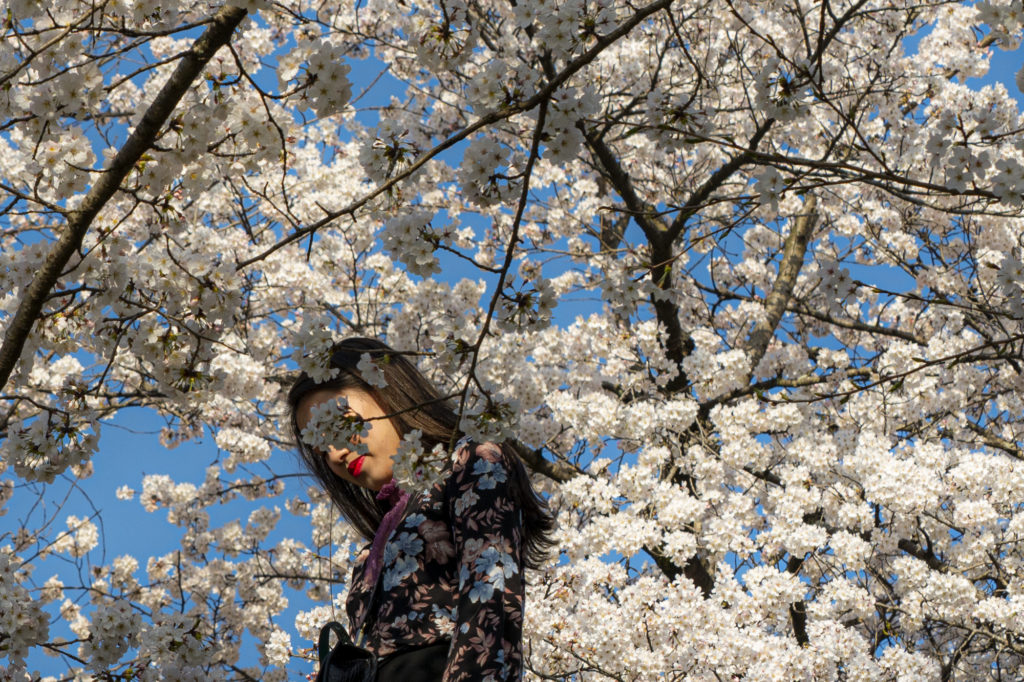
WHEN?
I owned my first camera when I was six years old, but only years later when I immigrated to Quebec, I became aware of my interest in photography. Looking for ways to integrate and somehow own my new country, I started to go out with my camera, walking the streets to witness and get to know the daily life of the people. Through candid photography, the role of an anonymous observer showed me a different way to connect to cities and to understand them. Later I realized that there was a photographic genre based on this kind of observation, I then started to study it and get inspired.
Years later, I moved to Bogotá in Colombia, and it was then when I started my first exercises in street photography in a more deliberate way. After my stay in Colombia and ready to go back to Canada, I had the idea to get a sabbatical year to dedicate myself to three things I like to do: travel, photograph and write. I left for India and stayed there a few months, traveling alone around the country with my camera and my diary. This trip changed my life. At the end of my sabbatical year I realized I didn’t want to go back to the routine I had before, and then a new chapter in my life started, where photography took a paramount role.
CUÁNDO?
Mi primera cámara la tuve a los seis años, sin embargo tomé consciencia de mi gusto por la fotografía hasta mucho tiempo después, cuando emigré a Quebec. En mi intento por integrarme y apropiarme de mi nuevo país empecé a salir con mi cámara a recorrer las calles y descubrir lo que sucedía con su gente y su vida cotidiana. Este papel de observadora anónima me desveló una manera diferente de entender y de relacionarme con las ciudades a través de la fotografía espontánea. Más tarde supe que ya existía un género fotográfico que se basaba en este tipo de observación y fue ahí donde comencé a estudiarlo y a buscar inspiración.
Años más tarde tuve otra mudanza, esta vez a Bogotá, en Colombia, y es ahí donde realicé mis primeros ejercicios de street photography de manera deliberada. Después de esta temporada en Colombia, lista para volver a Canadá, tuve la idea de tomar un año sabático para dedicarlo a las tres cosas que más me gusta hacer: viajar, tomar fotos y escribir. Así que partí por unos meses a la India donde estuve recorriendo sola el país acompañada por mi cámara y mi diario, y este viaje me cambió la vida. Al final de este año sabático me di cuenta de que no quería volver a la rutina que tenía y ahí comenzó un nuevo capítulo en mi vida donde la fotografía tomaba un papel primordial.
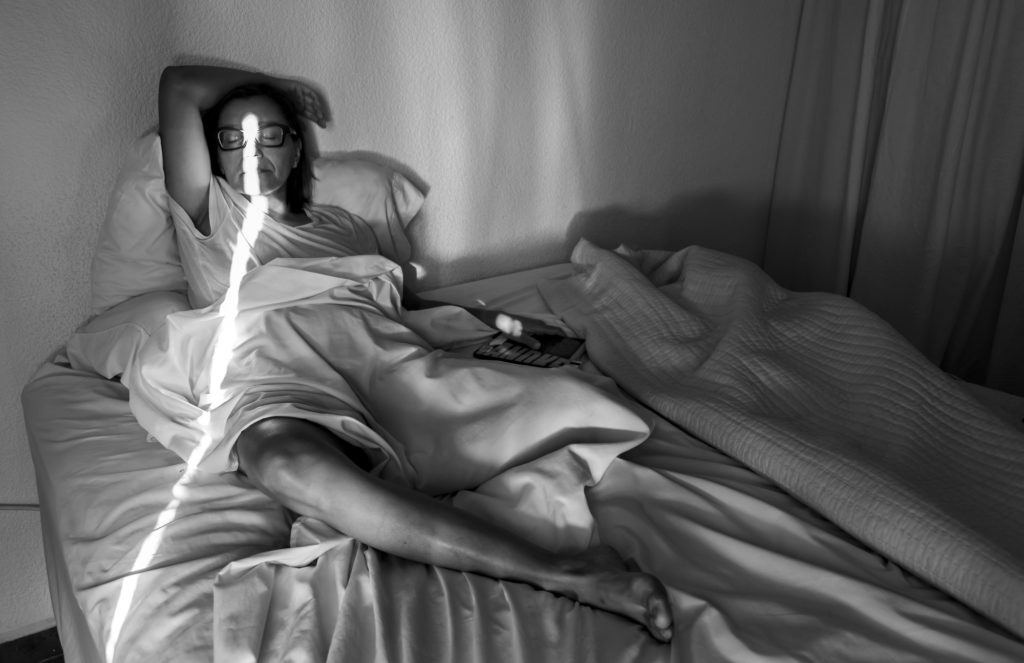
WHERE?
Until now, I haven’t found a place where I feel alien. I feel comfortable in almost any environment or circumstances. Photography became my way of owning the world, and making myself feel at home anywhere I visit, even when it is for a short time. For me there is no better way to live as “here and now”, to get lost in the streets, hunting for images. As soon as I put my camera to work, I get disconnected from everything and I move like a fish in water, in the wrinkles of any city.
DÓNDE?
Hasta ahora, no ha habido un sitio que me haya hecho sentir ajena, estoy cómoda casi en cualquier ambiente y circunstancia. La fotografía se ha vuelto mi manera de apropiarme del mundo y de “hacer mío” el lugar en el que me encuentro aunque sea de manera temporal. Para mí, no hay mejor forma de vivir en el “aquí y ahora” que perderme en las calles en cacería fotográfica. Una vez que pongo a trabajar mi cámara me desconecto de todo lo demás y me muevo como pez en el agua en la urdimbre de cualquier ciudad.
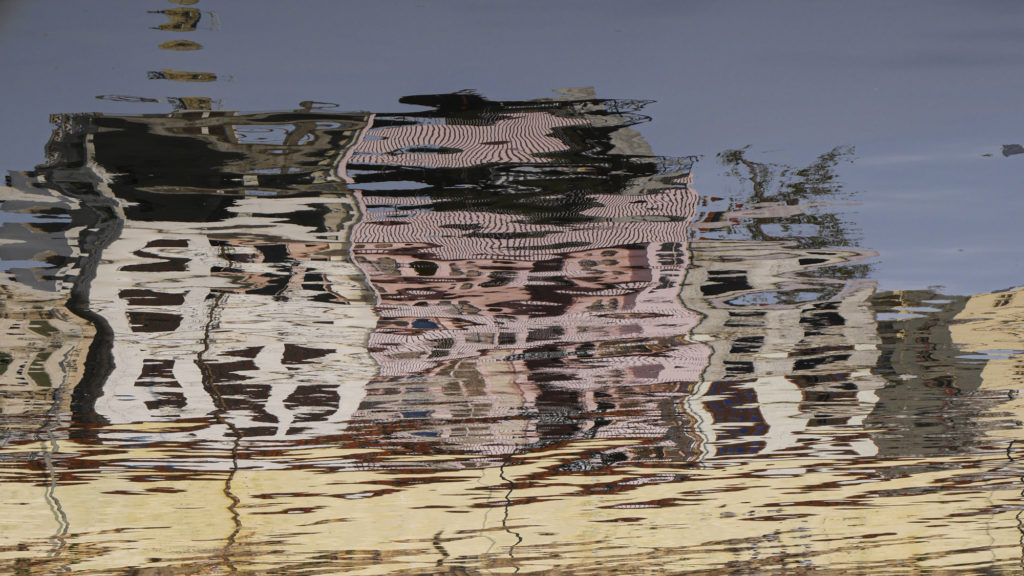
WHAT?
My passion for the urban and quotidian are themes that were nurtured by my architecture training and became one of the main aspects of my photography.
Recently I oriented my work towards the exploration of women and their relationship with public space which originally was created by men for men, since women were at home and did not need to go out. Luckily things have changed, and now women go out and adapt to this space which was not conceived for them— yet they own it and live in these places. These contemporary flâneuses that do not need an excuse nor “permission” to roam the city and make it their own has become one of my main themes of observation.
QUÉ?
Mi pasión por el tema urbano y el acontecer cotidiano han sido temas de interés acuñados desde mi formación como arquitecta que se permearon a mi práctica fotográfica hasta convertirse en uno de sus ejes centrales.
De manera reciente he orientado mi trabajo a la exploración de las mujeres y su relación con el espacio público que originalmente fue creado por hombres y para hombres, ya que las mujeres estaban en casa y pocas situaciones justificaban su presencia en las calles. Por fortuna las cosas han cambiado y ahora las mujeres salen y se adaptan a ese espacio que no fue concebido para ellas: lo viven, se lo apropian. Estas flâneuses contemporáneas que no necesitan pretexto ni “permiso” para vagar por la ciudad y hacerla suya se han vuelto uno de mis temas principales de observación.
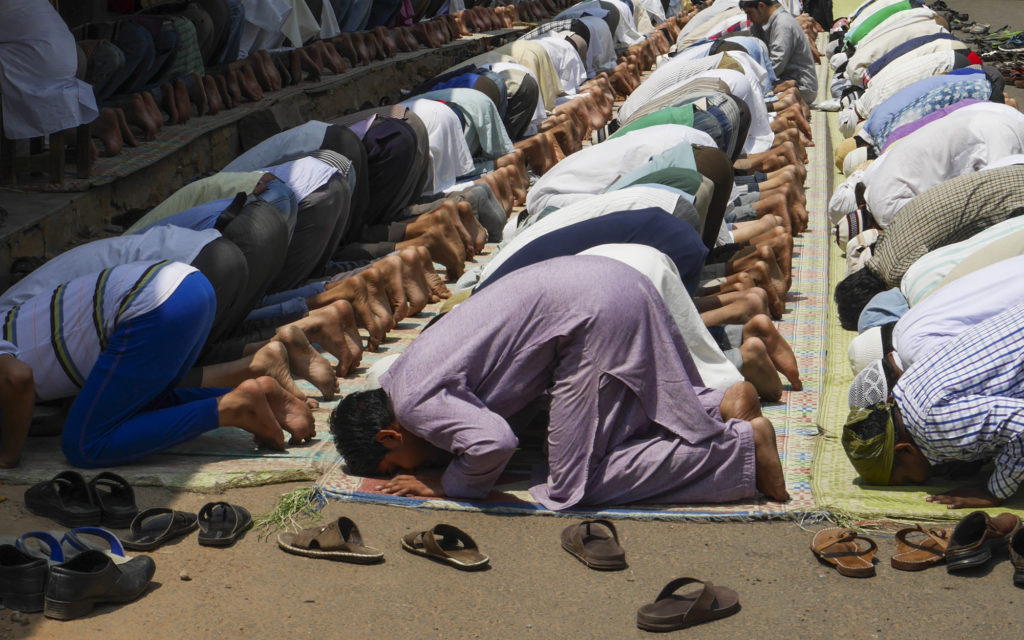
WHY?
Georges Perec in his essay, Approaches to What? (1973) wrote:
“How are we to speak of these ‘common things’, how to track them down rather, how to flush them out, wrest them from the dross in which they remain mired, how to give them a meaning, a tongue, to let them, finally, speak of what is, of what we are.”
I find contradictory that we live in a world where we venerate so much the extraordinary, even when it seldom happens, and we forget the everyday life, which is in reality the substance of our existence. So, as Perec says, I’m looking to “question the habitual”- the banal, what is evident. My work is an homage to everyday life.
POR QUÉ?
Georges Perec en su ensayo intitulado ¿Aproximaciones a qué? (1973) escribió:
“Cómo hablar de estas «cosas comunes», cómo asediarlas, cómo hacerlas salir, arrancarlas del caparazón al que están pegadas; cómo darles un sentido, una lengua: que finalmente hablen de lo que existe, de lo que somos.”
Me parece contradictorio que vivamos en un mundo donde se venere tanto lo extraordinario, eso que sólo sucede de vez en cuando, y nos olvidemos de lo cotidiano que es en realidad el alimento constante de nuestra existencia. Así que, como dice Perec, busco “interrogar lo habitual”: lo banal, lo evidente. Mi trabajo es un homenaje a la vida cotidiana.
